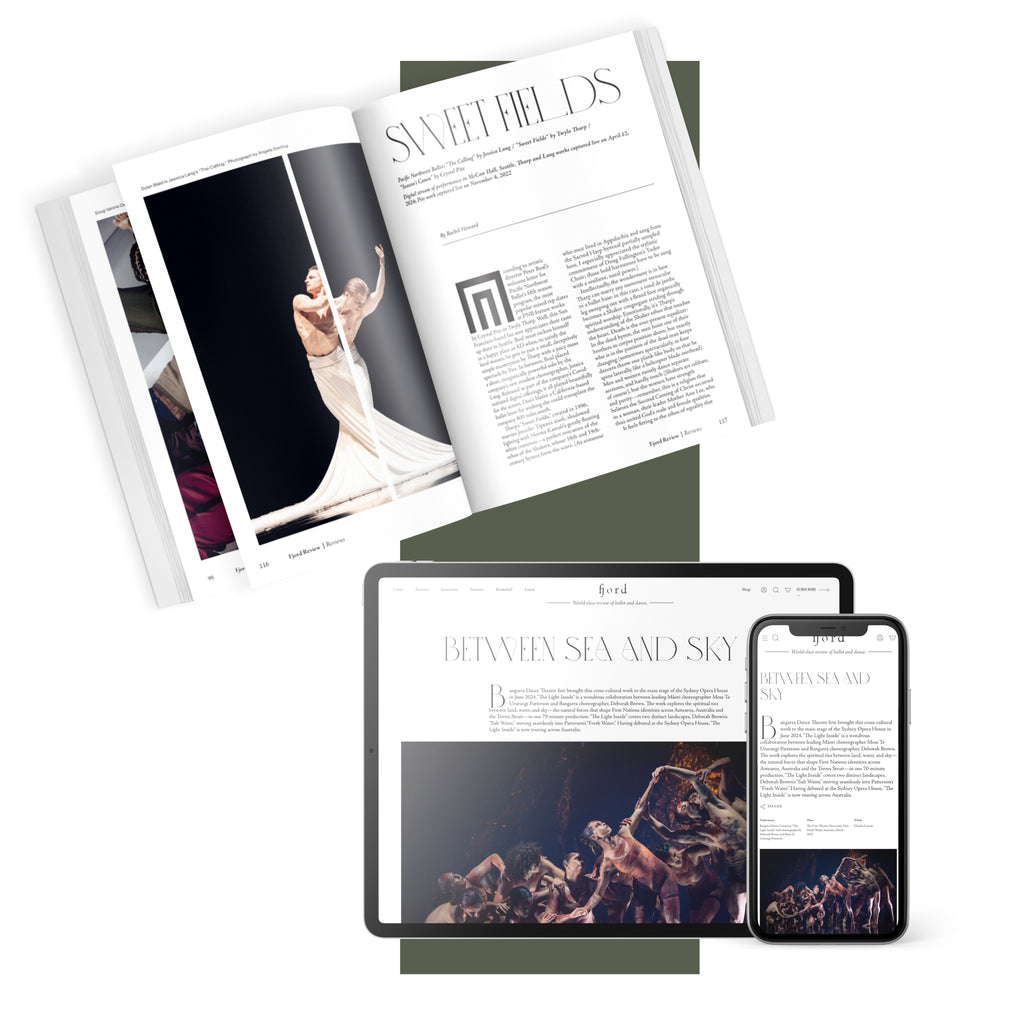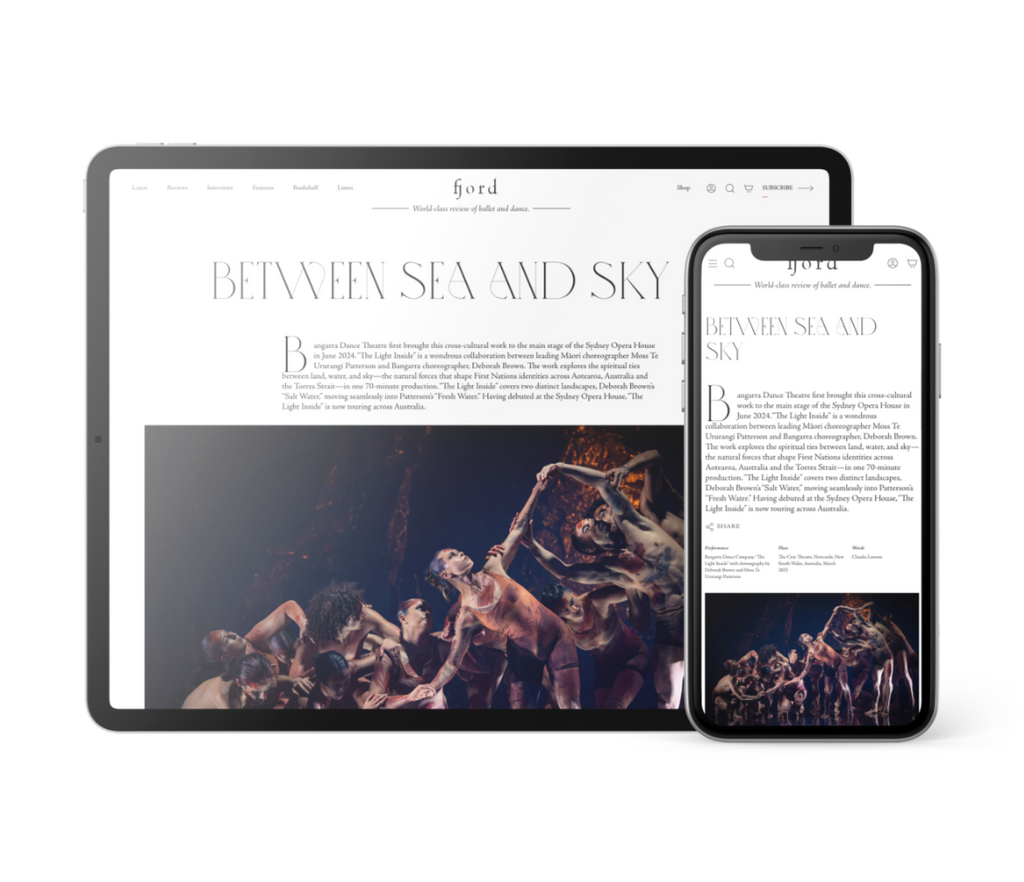Float like a Butterfly
Sans tutu or pointe shoes, New York Ballet principal Sara Mearns delivered a knock-out punch in her 20-minute solo, “Zebra.”
Continua a leggere
World-class review of ballet and dance.
Since the 1970s, the Paris Opera Ballet has cultivated a distinctive tradition of nurturing its own dancers as emerging choreographers. This initiative took root in 1975, when then-director Rolf Liebermann invited Carolyn Carlson to establish the Groupe de Recherches Théâtrales de l’Opéra de Paris (GRTOP), a pioneering space for contemporary creation within the institution. That spirit of artistic incubation has endured through programmes such as Danseurs Chorégraphes—launched in the 1990s, paused for a decade, and revitalised in 2024 under the leadership of José Martinez.
Performance
Place
Words



“Uncommonly intelligent, substantial coverage.”
Your weekly source for world-class dance reviews, interviews, articles, and more.
Already a paid subscriber? Login

Sans tutu or pointe shoes, New York Ballet principal Sara Mearns delivered a knock-out punch in her 20-minute solo, “Zebra.”
Continua a leggereJapan Society’s Yukio Mishima centennial series culminated with “Mishima’s Muse – Noh Theater,” which was actually three programs of traditional noh works that Japanese author Yukio Mishima adapted into modern plays.
Continua a leggereThroughout the year, our critics attend hundreds of dance performances, whether onsite, outdoors, or on the proscenium stage, around the world.
Continua a leggereOn December 11th, the Alvin Ailey American Dance Theater presented two premieres and two dances that had premiered just a week prior.
Continua a leggere
comments